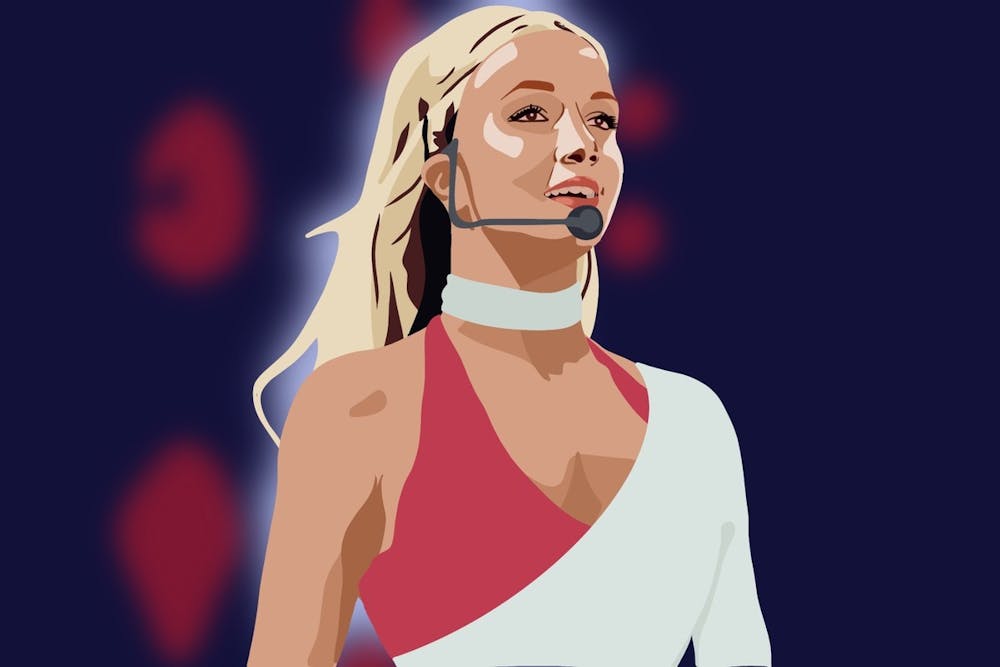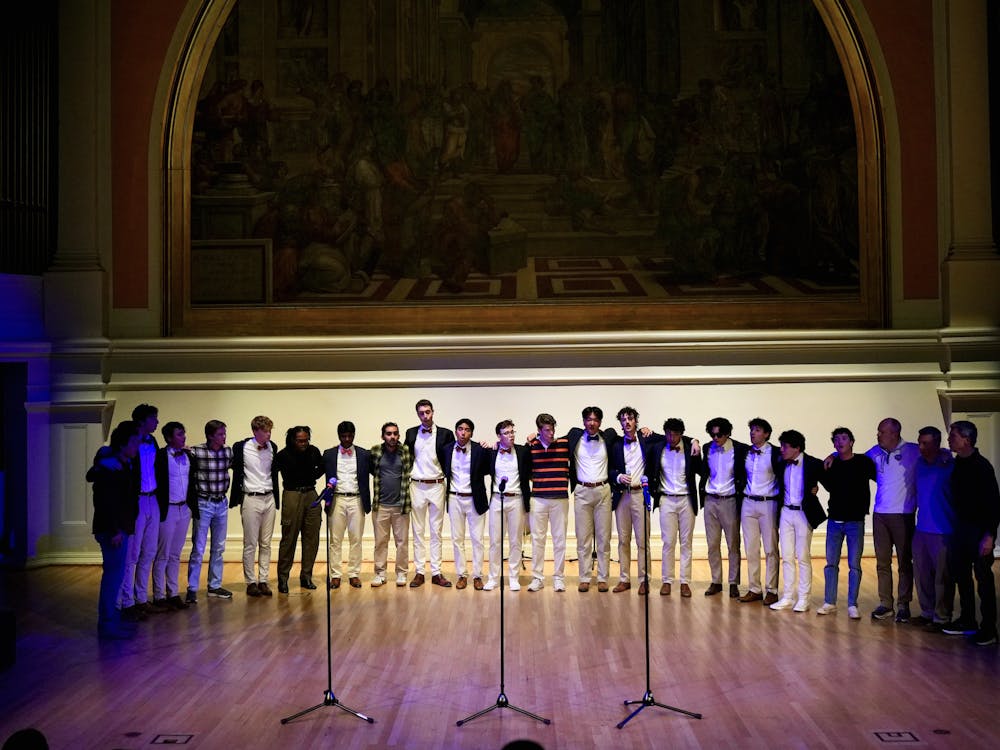“I noticed … you have the most adorable, pretty eyes. Do you have a boyfriend?”
This was the first question Britney Spears was asked after singing her lungs out on “Star Search.”
She was 10 years old.
At the age of 17, a male interviewer told Spears, “Everyone’s talking about it.”
“Talking about what?” Spears responded. “Your breasts,” he replied.
These are the introductory clips chronicled in The New York Times documentary “Framing Britney.” The documentary highlights the rampant sexist tabloid culture Britney was subject to in the early 2000s.
In one scene, Spears appears visibly uncomfortable as she’s asked if she’s a virgin during a press conference in Cannes. This obsession with Spears’ virginity and sexuality was a common theme throughout her early career and was magnified after her breakup with Justin Timberlake. Following their breakup in 2002, Timberlake laughed about having sex with Spears in a radio interview and fanned rumors that she had cheated on him throughout the relationship.
Spears was relentlessly slut-shamed by the media, culminating in an interview with Diane Sawyer on “Primetime Thursday” in 2003, when she was asked what she had “done” to cause the breakup. Sawyer further claimed that Spears had “upset a lot of mothers in this country,” including the wife of the governor of Maryland, who at the time said she’d shoot Spears if she had the “opportunity.”
These clips are unsettling to watch during the age of #MeToo, filling the viewer with discomfort every time a young Spears sits down for an interview. “Framing Britney Spears” serves as a reminder of the uncomfortable environment female celebrities are forced to navigate in Hollywood.
The documentary highlights how Spears had to rebuild her public persona over and over again after her reputation was continually ripped apart by the tabloids. The media continuously sexualized her as a teenager, and the music industry wanted to portray her as an innocent yet “sexy” schoolgirl. Magazine after magazine made her out to be a “slut” and felt entitled to every piece of her body and identity. For years, the media and the paparazzi grossly violated personal boundaries, hounded her nonstop and alternated between painting her as a madonna, a whore and a bimbo. Meanwhile, Spears suffered. The lack of privacy and bearing the brunt of constant abuse led to her breakdown — and eventually being labeled as crazy.
However, that is not to say Spears didn’t fight these labels. The documentary interviews people who were close to the star — her stylist, her assistant, her producer — who note how, during the early stages of her career, Spears was in control and completely capable of handling herself. A clip from the year 2000 shows Spears saying she is aware of all of her contracts and that she refused to let her manager oversee all her dealings. One of her set designers remarked how involved Spears was in the creative process — she had the final say in all decisions. Notably, her stylist, Hayley Hill, asserts that when it came to the media furor over her sexy schoolgirl image, Spears was comfortable in her sexuality and at a certain point stopped trying to please everyone, which Hill called “a metaphor for womanhood.”
Still, Spears faced constant torment from the paparazzi — which only worsened once she became a mother. Pictures of Spears could sell for up to $1 million, which meant cameras were always following her every move. Spears was labeled an unfit mother for driving with a baby in her lap, going to nightclubs and for the way she dressed. After an appearance on “Dateline,” Matt Lauer — of all people — posed the question, “Is Britney a Bad Mom?” The interview drove Spears to tears, and she said she was doing her best — noting that the unwavering media attention was impacting her and her greatest wish was to be left alone.
Think about your worst moment. Now, imagine you’re going through a divorce, suffering from postpartum depression and potentially losing custody of your kids. Then, imagine a barrage of cameras following you every day capturing all your vulnerable moments. You’re getting close to how Spears felt in 2007.
Is it any wonder she snapped? The stigma around mental health has changed dramatically since the early 2000s. Spears needed help but was not given the proper resources. Instead, she was confined to a conservatorship run by her father, James Spears. In a conservatorship a guardian is appointed by a judge to manage the financial affairs and daily life of another due to physical or mental limitations or old age — quite unusual given that at the time, Spears was only 27 years old. To this day, Spears has no control over her finances and is under constant supervision.
The #FreeBritney movement was launched on social media when longtime fans expressed their disapproval in seeing that the star was still under conservatorship at age 38. The movement strives to end the conservatorship as well as shed light on the abuse Spears suffered at the hands of the media. It serves as a reminder to recognize the countless other female starlets who have been chewed up and spit out by the Hollywood machine.
Megan Fox, for example, was blacklisted for years after speaking out against director Michael Bay for sexualizing her when she was just fifteen. Janet Jackson lost work and major deals after Justin Timberlake revealed her nipple at the 2004 Super Bowl halftime show. Jackson was forced to issue a public apology after her own body was violated, while Timberlake was invited to perform the show again in 2018. Recently, 19-year-old Billie Eilish was body shamed after paparazzi pictures of her wearing a low-cut shirt surfaced. We now recoil when thinking about the conversations we were having about Britney Spears in 2004, yet they feel eerily similar to the ones we have about female celebrities today.
Thus, instead of solely blaming the paparazzi, we should examine the bigger system that demands these images and places these expectations on the media in the first place. With the rise of social media, celebrities are more exposed than ever before. It is the public’s responsibility to reject ignorance and misogyny and to recognize that celebrities are, in fact, people. And if there’s one celebrity that exemplifies the struggle between harsh media and autonomy … “it’s Britney, bitch.”







